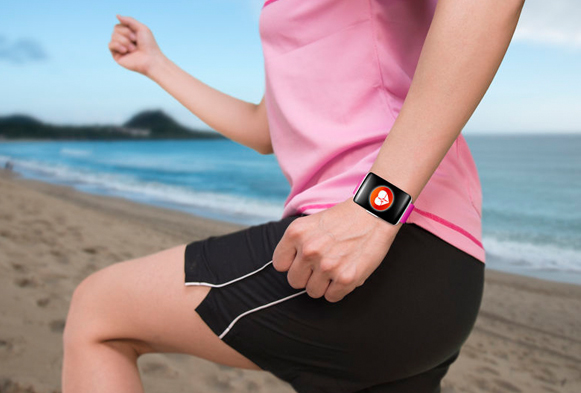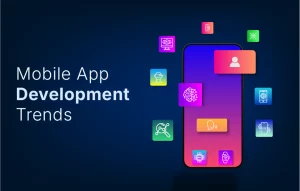Wearable technology is already revolutionizing all the sectors and healthcare has not been left behind. Tech experts assume that wearable technology has the greatest potential in the healthcare industry. This new technology assists the doctors by providing real time access to electronic health records. Apple, Samsung, Google and many more tech giants are coming up with different kinds of wearable devices that help wearers do multitasking and manage the health and fitness in the best possible way.
The full potential of wearable technology goes beyond assisting the doctors and healthcare professionals. Patients can now continuously monitor their own health by using wearables. By 2018, the overall number of wearable devices is expected to reach 130 million. With such an increasing popularity of wearables amongst the users, they are perhaps the perfect device for healthcare. Now, with the advent of wearable devices, we have T-shirts that monitor glucose levels, blood pressure levels, breathing rate, heart rate, ECG monitors or sense stress.
[Tweet “How #Wearable Technology changes the Future of #Healthcare?”]
Smartwatches, smart clothing, necklaces, pedometers, smart diapers, smart wristbands, clip-ons and other wearable devices may be an important part of healthcare industry in the near future. These gadgets can record various types of data and send them to the doctors and healthcare professionals. As these devices are being adopted by the doctors and patients worldwide, here are some major benefits:
Doctors are no strangers to technology
Doctors and physicians all over the world accept reliable technology to provide better healthcare to the patients. The doctors can get real-time information about the patients and take better decisions. It becomes easier for the doctors to monitor patients’ anywhere, with up to the minute updates.
This emerging technology helps the doctors learn, consult and provide good healthcare by accessing data from remote locations. Wearable devices can provide instant access to the patients’ medical data in critical situations.
Health-conscious patients
Wearable technology helps the wearers get real-time personal data and keep a track of one’s own health. 10-15 years ago, the patients had to rely on the doctor’s opinion for the treatment and medication. Nowadays, patients can monitor their health from any place and get expert advice also. They can make better decisions for their bodies and maintain good health.
Patients suffering from chronic health conditions such as high blood pressure, cancer, arthritis, heart diseases or diabetes can use such devices for self-monitoring and improve their health. Consumers of wearable devices can review the insights derived from them and maintain good health by following the right do’s and don’ts.
Doctor – Patient interaction made easy
Wearable technology revolutionizes how patients and doctors share the data and information. Hence, this new technology makes the communication between the doctors and patients easier. This helps them make better and quicker decisions and improves the overall health and well-being.
On the other hand, the number of visits to the doctors and clinics can be reduced with the use of wearables. Unnecessary medical tests and diagnosis can be prevented, which ultimately result in higher success rates for the treatments.
How wearables will impact fitness
The applications of wearables are endless. The devices encourage the wearers to look after their fitness and maintain good health. They track the fitness of the person and remind the user to exercise or take the medicine. The amount of calories burned can also be monitored by such devices. Users can sync the wearable devices with their smartphones and tablets to track the daily activities.
Wrap Up
In the long run, doctors, clinics and hospitals will greatly be benefited by incorporating wearable technology. The patients will get better healthcare since wearable technology monitors the health and fitness. The question is: Will we be able to make the most of this new technology or not? Let’s wait to see how this emerging technology becomes an integral part of the healthcare industry.









